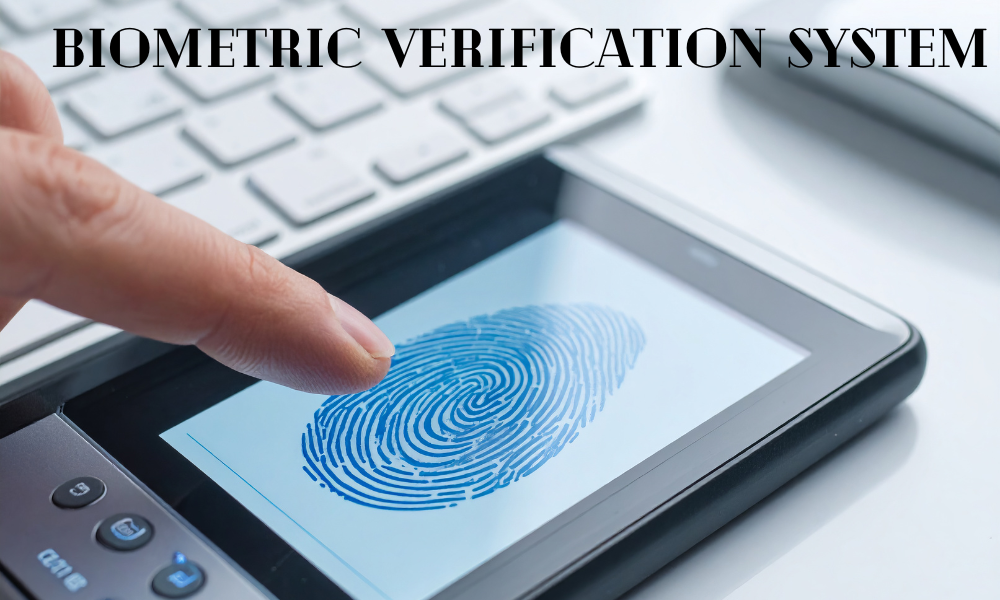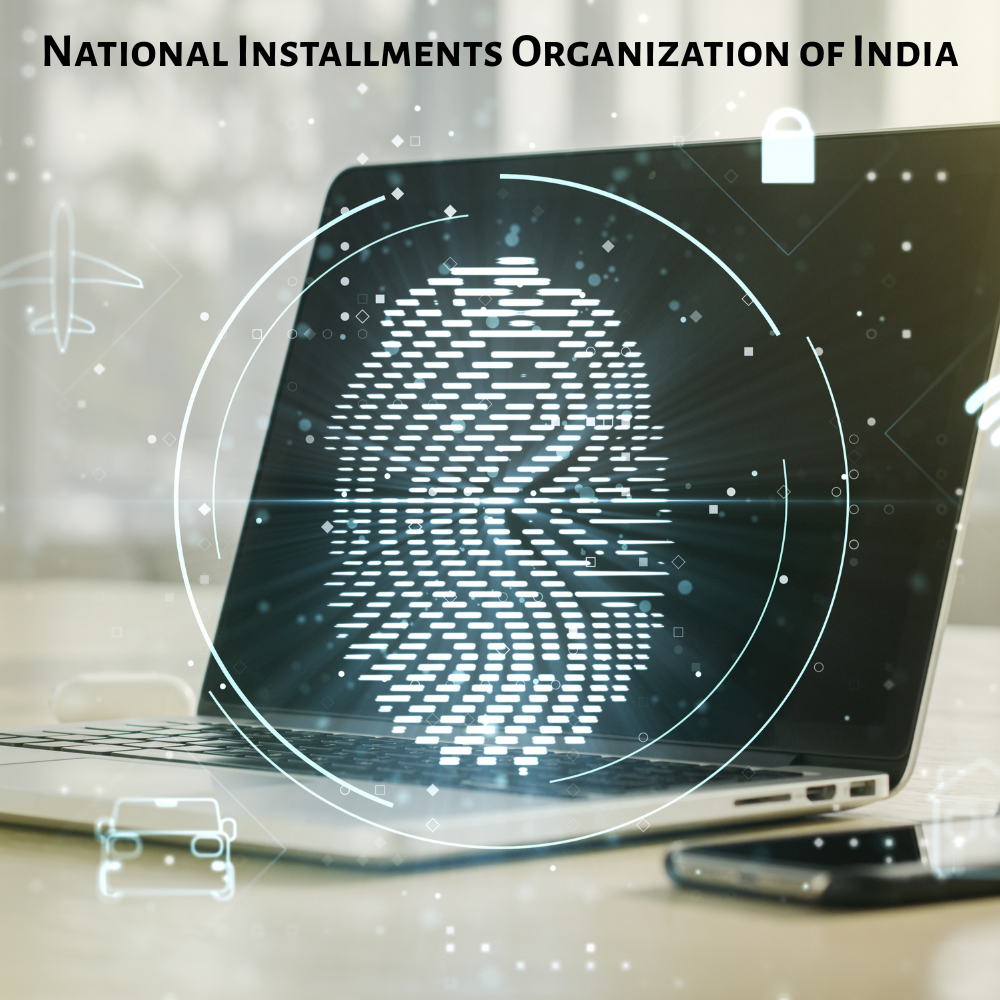Revolutionizing UPI: India Embraces Biometric Verification System
In a point of interest move set to reshape India’s computerized installments scene, the National Installments Organization of India (NPCI) will start permitting biometric verification for UPI (Bound together Installments Interface) exchanges beginning October 8, 2025. Clients will presently have the choice to confirm installments utilizing facial acknowledgment or unique finger impression filters, leveraging biometric information put away in the Aadhaar system.
This activity comes in line with recently issued rules from the Save Bank of India (RBI), which allow elective confirmation strategies past the conventional Stick. NPCI formally divulged the highlight at the progressing Worldwide Fintech Celebration in Mumbai.
Below, we break down the key subtle elements, benefits, challenges, and suggestions of this shift.

What is Changing — Key Details
Optional vs. Mandatory
Biometric confirmation will be presented as an extra alternative, not as a constrained substitution of PINs. Clients can “opt in” to utilize biometrics if they select.
Scope of Usage
Initially, biometric confirmation will apply to setting or resetting UPI PINs, and may amplify to exchanges beneath a certain esteem (e.g. ₹5,000). Concurring to NPCI, each exchange will still be freely confirmed by the issuing bank utilizing cryptographic checks to keep up security.
Technology Basis
The framework will utilize Aadhaar’s biometric database — fingerprints and facial acknowledgment — by means of Faced app for Aadhaar-based confront confirmation. Biometric coordinating will happen on-device, decreasing reliance on inaccessible servers for verification.
Demonstration & Launch
NPCI showcased the highlight amid the Worldwide Fintech Celebration in Mumbai on October 7, 2025. The choice adjusts with RBI’s thrust to advance confirmation conventions.
Why This Move Matters
This move toward biometric verification holds a few compelling points of interest, along with a few unused challenges. Here are the key reasons why it is significant:
- Expanded Comfort & Quicker Onboarding
For unused clients, setting up UPI PINs as of now requires charge card subtle elements OR OTP + card confirmation. The unused biometric course rearranges onboarding, particularly for clients who may not have simply get to cards or incline toward less steps. Biometric login too evacuates the require to keep in mind or enter PINs, which numerous clients discover tedious.
- Improved Security
PINs can be shared, stolen, or phishing targets. Biometric verification includes a more grounded layer of security since it is interestingly tied to an individual’s unique finger impression or confront. NPCI emphasizes that bank-level cryptographic checks will go with each transaction.
- Extortion Reduction
Many UPI fakes as of now include deceiving clients into uncovering PINs. With biometrics, unauthorized on-screen characters cannot effortlessly duplicate fingerprints or facial filters, decreasing certain phishing and social designing risks.
- Computerized Inclusion
This alter may particularly advantage marginalized clients — senior citizens, rustic populaces, or those less tech-savvy — by evacuating grinding in computerized installments.
- Arrangement with Worldwide Trends
Global installments frameworks are progressively moving toward biometric and watchword less confirmation instruments (e.g. FIDO guidelines). India embracing biometrics in UPI places it in step with universal security practices.

Challenges & Concerns
While this activity is promising, it faces a few key challenges and concerns to be managed:
Privacy & Information Security
Using Aadhaar-linked biometrics raises protection dangers. Guaranteeing that biometric information is put away safely, utilized with assent, and handled locally (not transmitted) is vital to anticipate abuse. Pundits will closely observe whether this framework shields client privacy.
False Positives / Errors
Biometric frameworks are not dependable — lighting conditions, facial changes, or unique finger impression wear might cause verification disappointment. The fallback (Stick) must be dependable to maintain a strategic distance from client frustration.
Device Compatibility & Equity
Not all gadgets (particularly more seasoned phones) may bolster progressed biometric sensors. Guaranteeing wide compatibility is essential, else this may present a computerized divide.
Regulatory & Legitimate Safeguards
Clear lawful systems will be basic to protect against manhandle, ensure client information, and permit plan of action in case of biometric extortion or errors.
Adoption and Trust
Users may falter to believe biometric frameworks at first. Instruction and straightforward communication around security and opt-in nature will be critical.
Implications for Environment Stakeholders
Banks & Installment Apps
They’ll require to coordinated biometric confirmation modules and guarantee that backend confirmation is strong. They must to oversee fallback choices and keep up client experience.
Fintech & Installment Benefit Providers
FinTech’s and UPI apps will be key in rolling out and popularizing biometric verification highlights. They’ll moreover require to console clients almost security and privacy.
Regulators & Approach Makers
RBI, UIDAI, and other administrative bodies will require to issue clear rules and oversight to guarantee buyer rights, information security, and standard compliance.
Users
Users pick up more adaptability and more grounded security. Be that as it may, they moreover require to stay cautious, get it opt-in/opt-out alternatives, and oversee their biometric profiles securely.
Timeline & What to Watch
- October 8, 2025: Dispatch date where biometric verification gets to be accessible as an choice.
- Initial Exchange Limits: Anticipate the highlight to at first apply to lower-value exchanges (e.g. up to ₹5,000) sometime recently extension.
- Adoption & Opt-in Stage: Clients will likely receive continuously; Stick will proceed to co-exist for those not utilizing biometric option.
- Regulatory Headings 2026: RBI too has up and coming rules from April 2026 centered on risk-based verification and two-factor standards.
- Monitoring & Criticism: Innovation execution, blunder rates, extortion measurements, and client criticism will shape encourage rollout.
Example Situation: How It Would Work
- A client introduces or overhauls their UPI app.
- The client selects in for biometric authentication.
- During setup or Stick reset, the app demands biometric coordinating by means of Face RD or unique finger impression scan.
- The app confirms locally, at that point the bank approves by means of cryptographic checks.
- For lower-value exchanges, the client favors utilizing biometrics instep of writing a PIN.
- For higher-value or fallback cases, Stick or another confirmation may still be required.
Conclusion
India’s attack into biometric UPI verification marks a major turning point in advancing the country’s advanced instalments foundation. Whereas the way forward incorporates complexity around security, control, gadget compatibility, and open certainty, the potential rewards are noteworthy: smoother onboarding, more grounded extortion resistance, and more noteworthy inclusivity.
If effectively actualized and received, biometric-based UPI may gotten to be the default for numerous clients, continuously marginalizing the dependence on PINs. It seem moreover clear the way for more progressed, consistent, and secure exchange frameworks in India’s fintech future.








